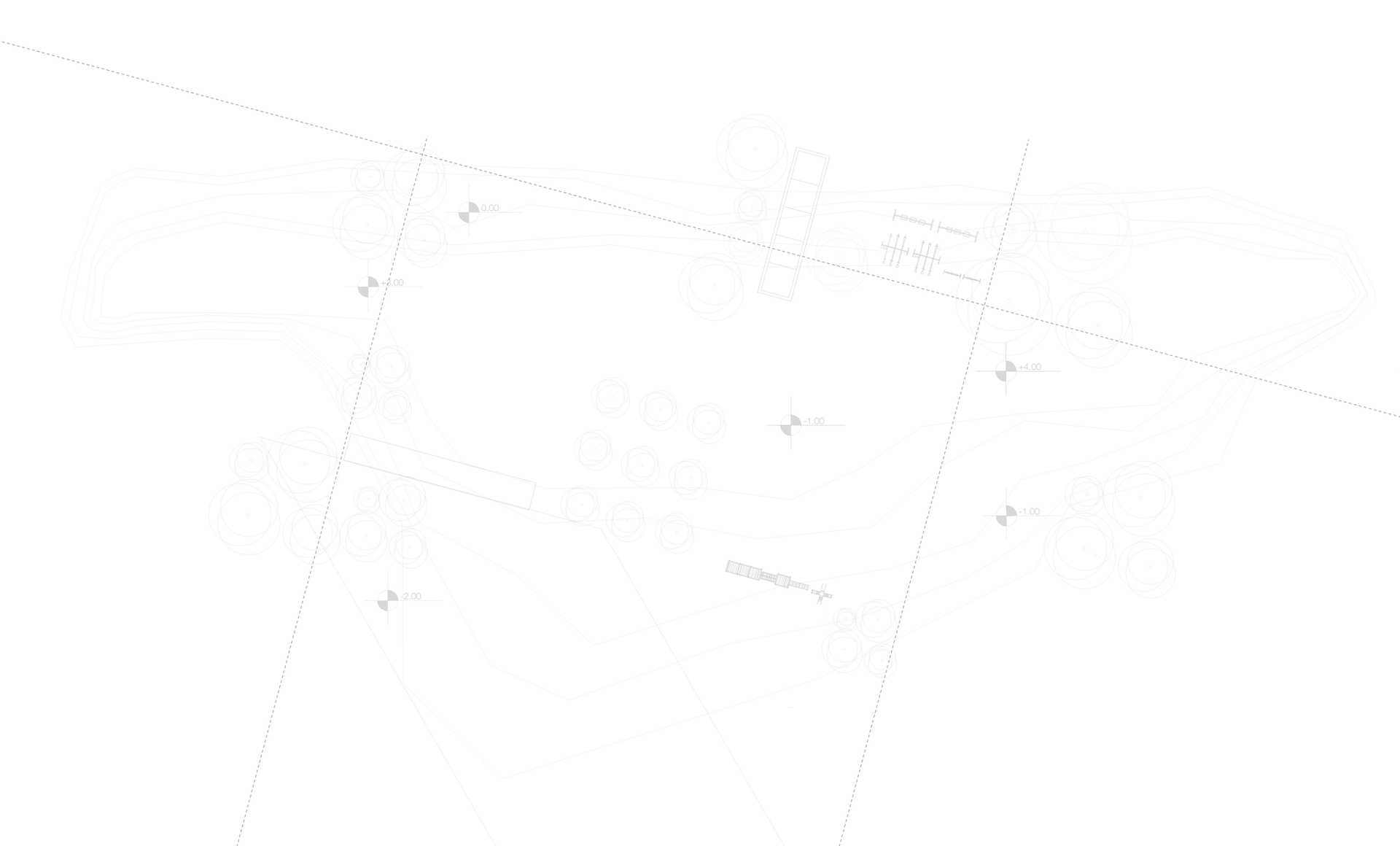This article discusses how rivers have influenced human development and civilisation.
Shifts from hunter-gatherer society (the vast majority of human history) to agricultural society tended to occur in river valleys.
The most clear reason for this is access to a usually reliable source of water for agriculture and other needs. Plentiful water and the enrichment of the soil due to annual floods made it possible to grow excess crops beyond what was needed to sustain subsistence populations. This allowed some of the people to engage in non-agricultural activities, such as the construction of buildings, towns and eventual cities (the root of the word "civilisation" - Latin word "civitas"), metalworking, trade, and social organisation. Boats on the river provided an easy and efficient way to transport people and goods, allowing the development of trade and facilitating central control of outlying areas.
Civilisation in Mesopotamia dates from about 4000 to 3100 BC and provides the earliest signs of the existence of states in West Asia. Located along the Tigris and Euphrates rivers in West Asia, the name later given to that civilisation, Mesopotamia, means "between rivers".
The Nile valley in Egypt had been home to agricultural settlements as early as 5500 BC, but the growth of Ancient Egypt as a civilisation began around 3100 BC.
A third civilisation grew up along the Indus River around 3300 BC in parts of what are now India and Pakistan.
A fourth great river civilisation emerged around 1700 BCE along the Yellow River in China.
A fifth civilisation existed along three rivers, the Fortaleza, the Pativilca and the Supe in modern day Peru between 3500-1800 BC. These river valleys each have large clusters of sites.
Climate change at the time and/or lack of available animals for hunting may have influenced the above shifts.
It is interesting to note that hunter-gather society persevered far longer on the Australian continent than on other continents and that civilisation/permanent agriculture only came far later. Civilisation spread from modern day Iraq or Egypt to Europe and eventually to Australia. It was therefore introduced from the outside rather than developing internally and remarkable to note that it is up to 6000 years older in modern day Iraq. Despite this, hunter-gatherer society existed in Australia for at least 50,000 years.
Hunter-gatherer societies tended to fare badly wherever they came into contact with agricultural societies throughout the planet in competition for land and resources.
It would be fair to say that the Australian continent lacks the great rivers that exist on many other continents. Australia is a relatively arid continent, with irregular rainfall and much of that rainfall occurring on the coast. For example Broken Hill has 248.5mm of annual rainfall, while Sydney has over four times that at 1149.7mm. The great dividing range provides a limiting factor to the catchment size of rivers in the higher rainfall areas, in that most of them do not extend more than 100km inland.
Railways only came into widespread existence in the 19th century and did change geography when they were constructed. Air travel and trucking came into existence in the 20th century and also had a substantial influence on geography when they did.
The below table shows the energy efficiency of different transport modes. As can be seen, water based transport (shipping) is far more efficient than the other transport modes.
More substantial development/agricultural settlement west of the great dividing range was therefore only made possible by the introduction of these fossil burning technologies.
The Yellow River remains an important geographical feature relating to the development of modern China, as does the Yangtze River. The Nile River is still central to modern day Egypt. The outstanding Mississippi River System was central to the development of the inland United States. The major cities of Russia developed on the Volga and Dnieper River systems.
Governor Macquarie recognised the early importance of rivers in seeking to move the centre of the early colony to Parramatta and then to establish towns along the Hawkesbury-Nepean River.
In some respects, the fact that almost all of Australia's cities and population are located close to the coast is both an advantage and disadvantage. It is an advantage in the respect that sea transport by shipping is by far the most efficient mode of transport. A serious disadvantage would be climate change altering the sea level significantly.



Great Article showing the importance of water in settlement - development patterns.